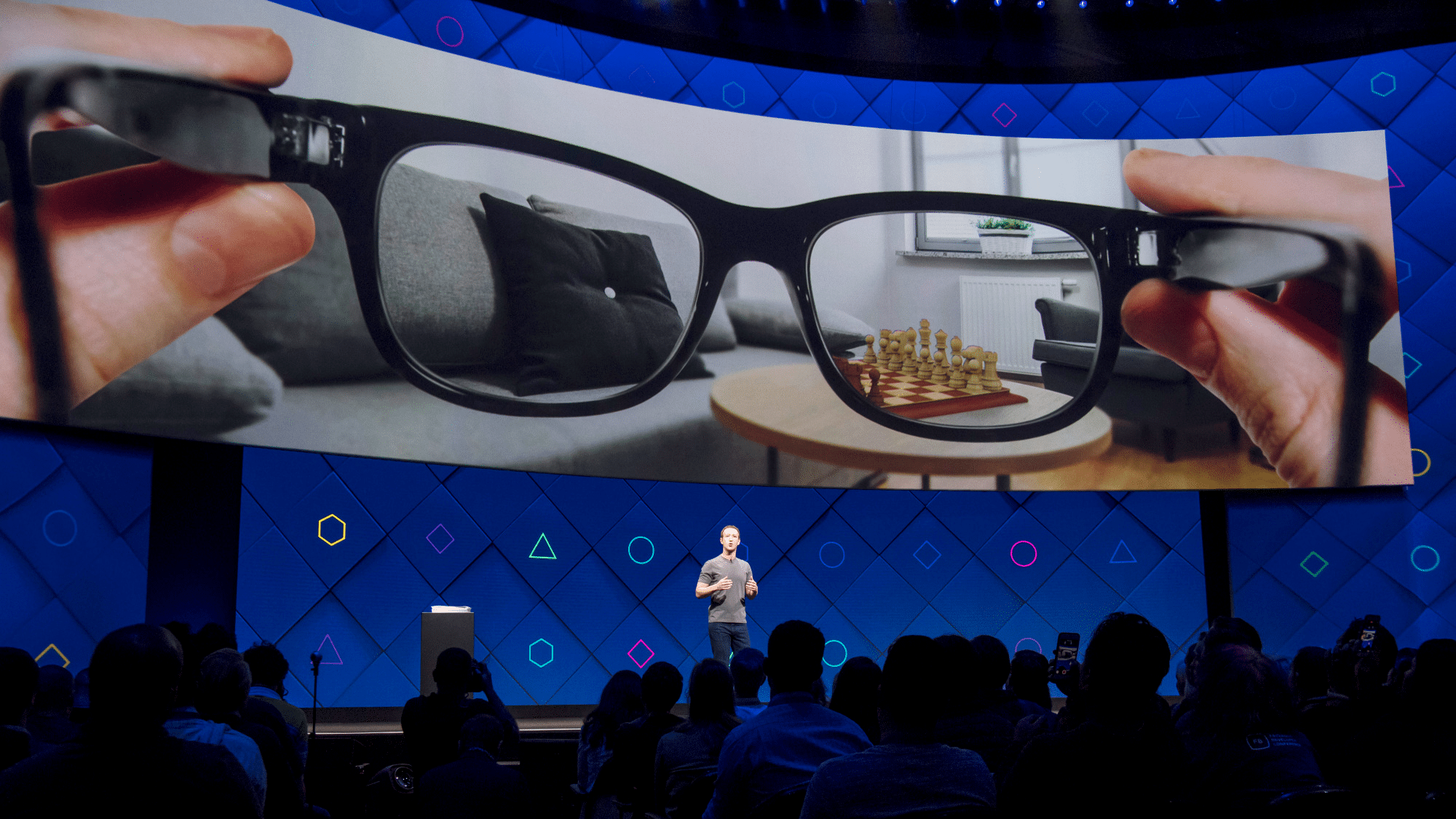The Information reports Meta plans to build "only around a thousand" units of its first AR glasses next year.
Meta has been working on AR glasses for eight years now, spending tens of billions of dollars on what Mark Zuckerberg hopes will one day be an iPhone moment.
Last year The Verge's Alex Heath reported that Meta no longer planned to release its first AR glasses, codenamed Orion, to consumers. Instead, it will reportedly distribute them to select developers and also use them as a public demonstration of the future of AR.
In July The Information's Wayne Ma reported that one reason for this is the use of expensive microLED displays and silicon carbide waveguides.
MicroLED is a truly new display technology, but no company has yet figured out how to affordably mass produce it. It's self-emissive like OLED, meaning pixels output light as well as color and don’t need a backlight, but is more power efficient and can theoretically reach much higher brightness. This makes it uniquely suitable for glasses, which need to be usable on sunny days yet powered by a small and light battery.
In 2019 Facebook secured the entire future output of a startup supplier, but Ma reported the companies still haven't been able to achieve a high manufacturing yield, meaning they can only produce a small number of displays at a high cost.
Silicon carbide can deliver a wider field of view than the glass waveguides used in current transparent AR headsets, but like microLED is also incredibly expensive and difficult to procure.
Ma's latest report explains that because the material is used in military radars and sensors, the US government imposes strict export controls on it. That means glasses using it will have to be assembled inside the US, significantly raising the production cost, despite most of the manufacturing and components coming from China and Taiwan.
Before deciding last year to not release the Orion glasses to the public Meta planned to build around 50,000 units, Ma writes, but now plans to produce just around 1000.

That 50,000 figure is now reportedly the target for the consumer AR glasses coming in 2027. Ma's report last month detailed how Meta reportedly downgraded the specs of the consumer device, using traditional LCoS displays and glass waveguides instead.
from UploadVR https://ift.tt/BWfY1eE
via IFTTT

No comments:
Post a Comment